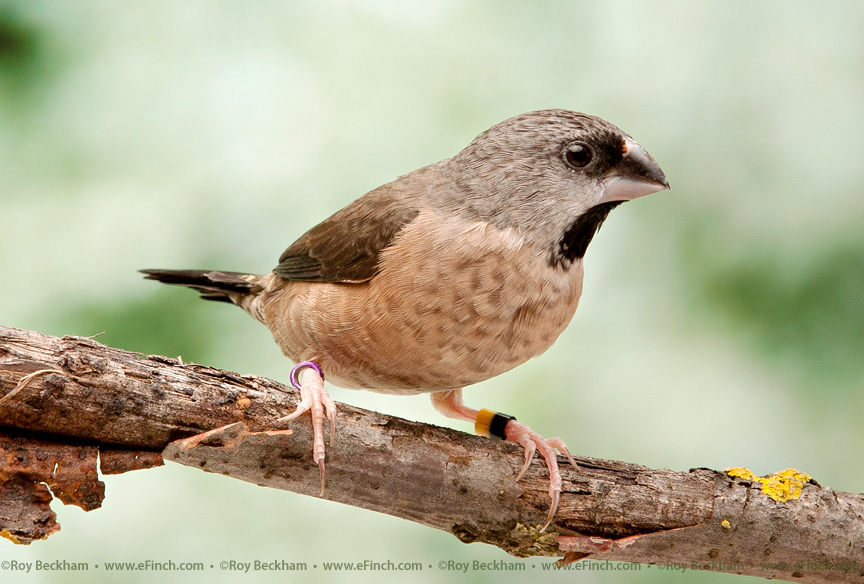




 |
|
|||||||||||||||||||||
 |
|
|
|
|
|
|
|
|
|
|||||||||||||
|
|
|
|
|
|
||||||||||||||||||
|
|
|
|
|
|
|
|
|
|
||||||||||||||
|
|
|
|
|
|
||||||||||||||||||
|
|
|
|
|
|
|
|
|
|
||||||||||||||
|
|
|
|
|
|
||||||||||||||||||
|
|
|
|
|
|
|
 |
|
|||||||||||||||
 |
 |
|
||||||||||||||||||||
|
|
|
|
||||||||||||||||||||
|
|
|
|
|
|
|
|
|
|
|
|
|
|
|
|
|
|
|
|
|
|
|
|
| Madagascar Mannikin - Lonchura nana | ||||
 |
||||
| Madagascar Mannikin | ||||
|
Common Names Description Diet Breeder's Notes I bred these birds as single pairs in my standard breeding cage with some fake plants fixed to the outside of the cage (Madigascar cage) With one pair I used an outside nesting box of standard dimensions and in another I placed a converted milk box (milk box nest) They readily took to both types of boxes. I offered strands of coco fiber for them to construct their nests. Small white feathers and other soft materials were offered, but for the most part the nest was a nice weave of coco fibers. The clutch size ranged from 4 to 7 eggs and the incubation period was 12-13 days. The tiny young hatch out with little down and are pinkish in color. (see the gape markings). The parents really begin to eat the eggfood when the chicks hatch and continue this voracious eating until the chicks fledge. I would leave the young with the parents for at least 3 weeks after fledging to be certain that the young are weaned. I did not see any aggression towards the young after they fledged as is seen with the Rufous-back mannikin. The young fledge with a dark brown back and tan belly. The beak is solid black and there is just a hint of the throat bib (see below). The parents will quite often return to nest before the first clutch is fully weaned. The male will continue to feed while the hen starts incubating the new clutch. They can be quite prolific with repeated clutches and rather large clutches of 6-7 young. As is always the safe recommendation, it is best not to overtax your breeders by taking more than 2-4 clutches. (depends on clutch size and condition of the parents) I did successfully foster a clutch under Society finches, but quite frankly, I found the Madagascars to be excellent parents quite capable of rearing the young on their own. Resting birds were housed as a colony. Some feather plucking may start if crowded or the birds begin to get anxious to start breeding again, otherwise they were quite peaceful together. Additional Notes I banded these birds with a "B" band equivelant. Robin Restall in "Munias and Mannikins" indicates that captive bred birds showed signs melanism and that the belly color had darker tones. Thus far I have not encountered this.
|
